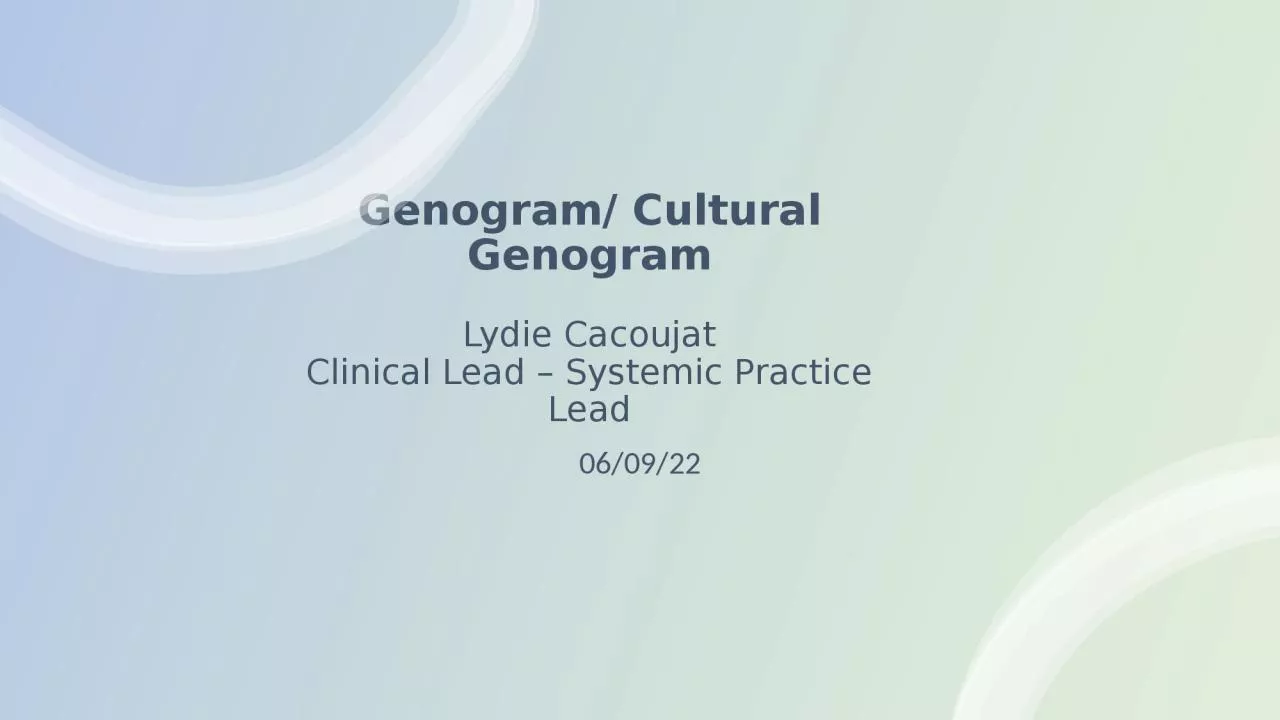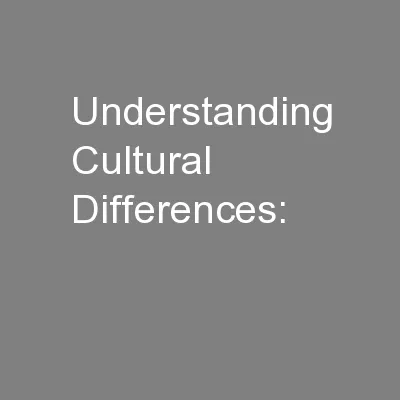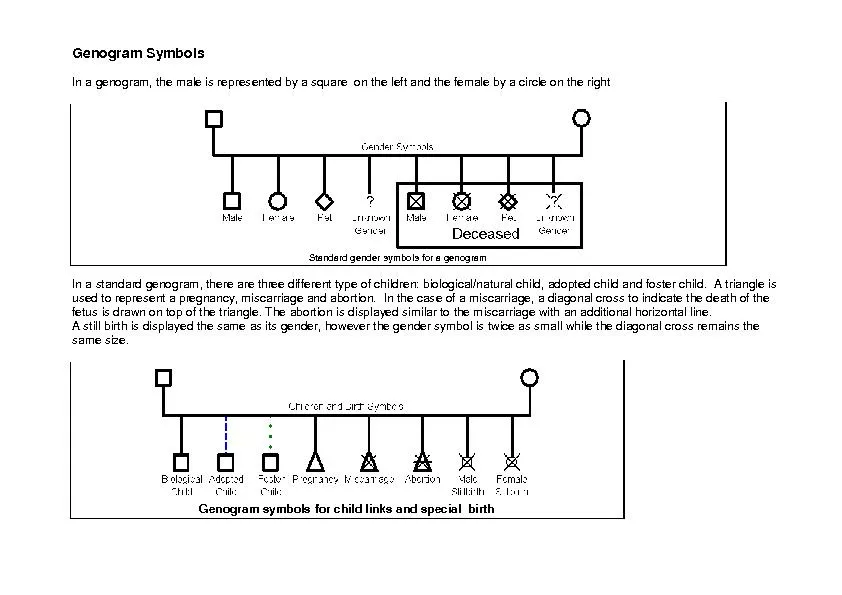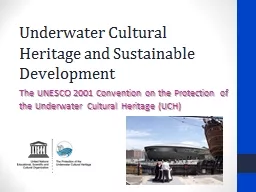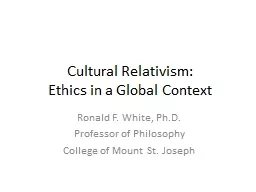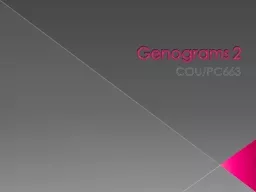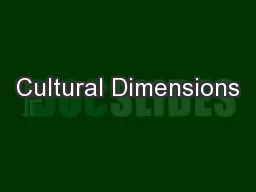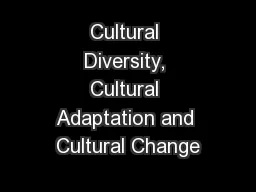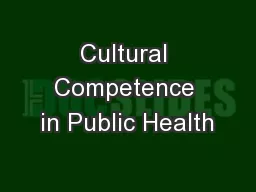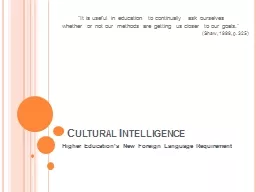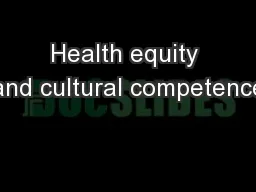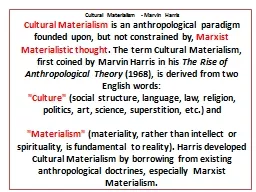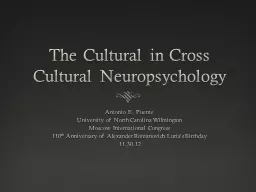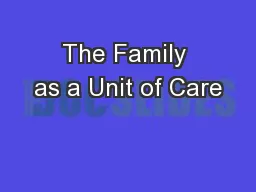PPT-Genogram/ Cultural Genogram
Author : oneill | Published Date : 2024-03-13
Lydie Cacoujat Clinical Lead Systemic Practice Lead 060922 How do you define a family Systemic Perspective A family is a system as it is composed of different parts
Presentation Embed Code
Download Presentation
Download Presentation The PPT/PDF document "Genogram/ Cultural Genogram" is the property of its rightful owner. Permission is granted to download and print the materials on this website for personal, non-commercial use only, and to display it on your personal computer provided you do not modify the materials and that you retain all copyright notices contained in the materials. By downloading content from our website, you accept the terms of this agreement.
Genogram/ Cultural Genogram: Transcript
Download Rules Of Document
"Genogram/ Cultural Genogram"The content belongs to its owner. You may download and print it for personal use, without modification, and keep all copyright notices. By downloading, you agree to these terms.
Related Documents

